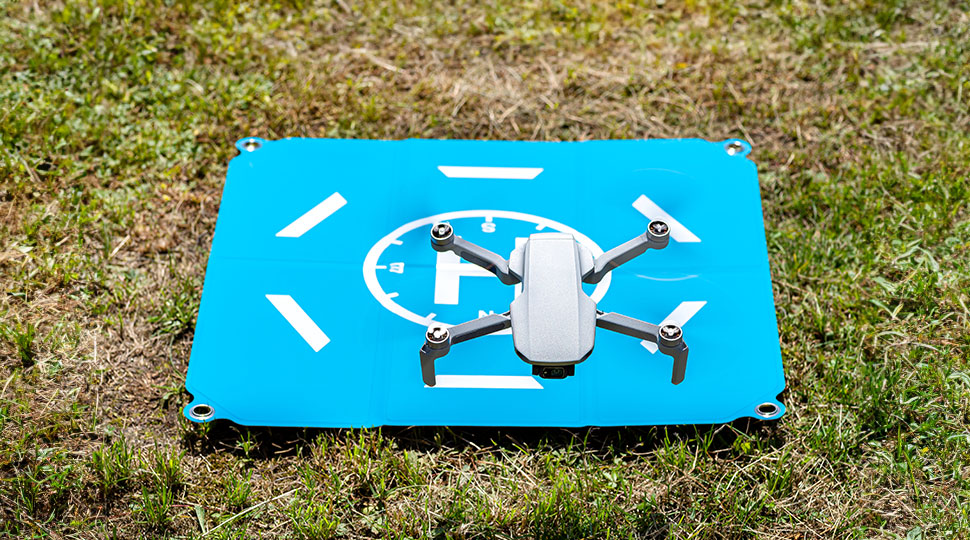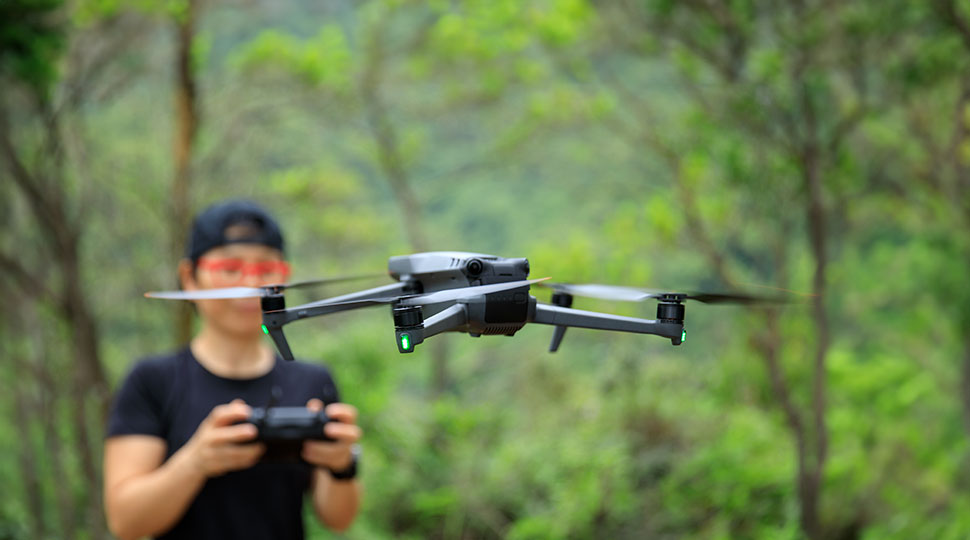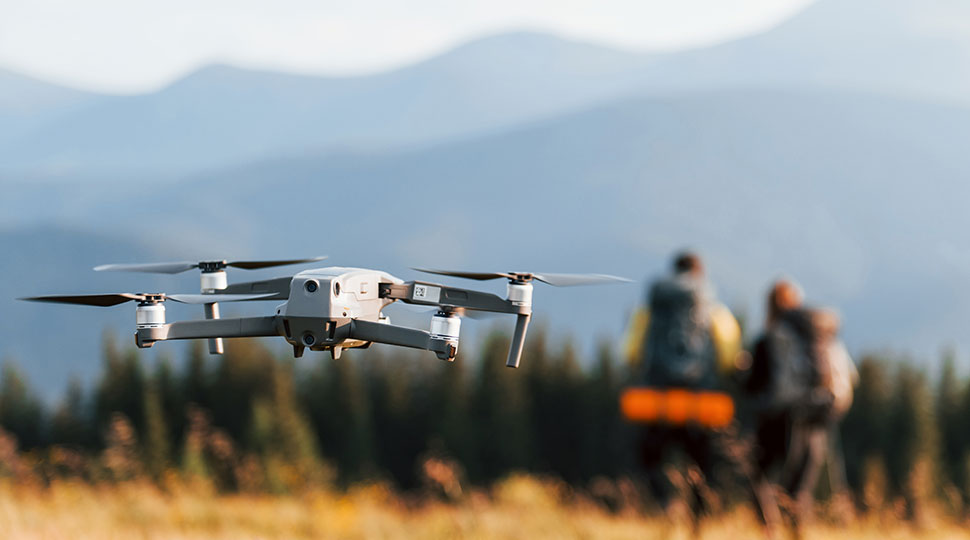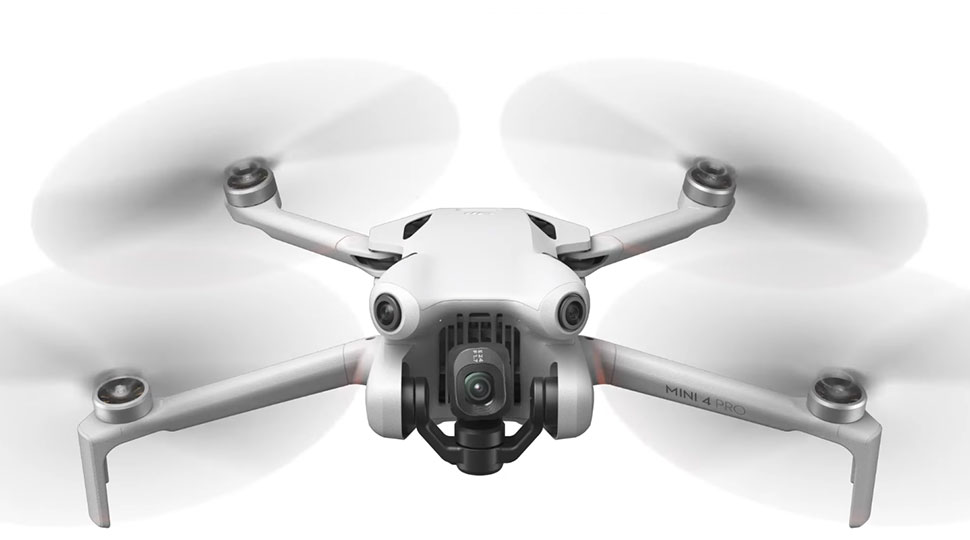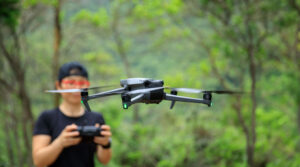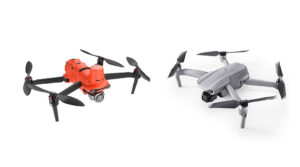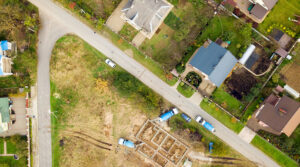As drone technology continues to evolve, so does our understanding of its potential impact on noise pollution. With an increasing number of drones taking to the skies, it’s essential to understand the drone noise emission characteristics of these devices and the regulations in place to minimize their disturbance.
Noise Emission Characteristics of Drones
When it comes to noise emission, drones are not just quiet flyers in the sky. In reality, they produce a range of sounds that can be surprisingly loud and disturbing.
The type and intensity of these noises depend on various factors, such as speed, altitude, and design. For instance, a drone flying at high speeds or low altitudes may produce a louder noise than one flying at slower speeds or higher altitudes. This is because the propellers and motors are working harder to generate lift and thrust, resulting in increased noise levels.
In comparison to other sources of noise pollution, drones can be quite loud. According to a study by the Federal Aviation Administration (FAA), some drones can emit sound levels of up to 90 decibels – comparable to the noise produced by a lawnmower or a vacuum cleaner.
This is concerning, as prolonged exposure to sounds above 85 decibels can cause hearing damage and even lead to permanent hearing loss.
Impact of Drone Noise on Communities and Wildlife
The impact of drone noise on communities and wildlife is far-reaching and multifaceted. For humans, excessive noise from drones can have a significant impact on our well-being. Prolonged exposure to loud noises can lead to stress, anxiety, and even sleep disturbances. In fact, a study conducted by the University of California found that participants exposed to high levels of noise pollution reported increased symptoms of depression and anxiety.
But it’s not just humans who are affected by drone noise. Wildlife is also vulnerable to the disturbance caused by these devices. For example, a study published in the journal “Animal Behaviour” found that birds in areas with high levels of drone activity exhibited altered foraging behaviors and reduced vocalizations. This is concerning, as changes in bird behavior can have cascading effects on entire ecosystems.
In addition to disrupting natural habitats and wildlife behavior, drone noise can also have long-term consequences for our environment. As the use of drones continues to grow, it’s essential that we prioritize responsible operation and minimize the disturbance caused by these devices. By understanding the impact of drone noise on communities and wildlife, we can work towards a more sustainable future for drone technology.
Regulations and Guidelines for Minimizing Noise Pollution
As the world becomes increasingly reliant on drones, regulatory bodies are taking a proactive approach to mitigate the impact of drone noise emission. In the United States, the Federal Aviation Administration (FAA) has established a set of rules governing drone operation, including requirements for noise-reducing designs and operating procedures. This is crucial in minimizing the disturbance caused by drones, as excessive noise can have serious consequences on human health and wildlife behavior.
In Europe, the European Aviation Safety Agency (EASA) has developed a framework for assessing the environmental impact of drones, including noise pollution. The EASA recommends that drone manufacturers design their devices to produce minimal noise disturbance, and that operators follow best practices for minimizing noise pollution during flight.
This includes adhering to strict noise limits, using noise-reducing technologies, and implementing measures to minimize the impact on nearby communities.
Best Practices for Minimizing Drone Noise Pollution
In addition to regulatory guidelines, there are several best practices that drone operators can follow to minimize drone noise emission. One of the most effective ways is to choose a drone with a noise-reducing design. Many manufacturers now offer drones with specialized propellers or sound-dampening materials designed to reduce noise levels.
Operators can also take steps to minimize noise disturbance during flight. For example, flying at slower speeds or higher altitudes can significantly reduce noise levels. Additionally, avoiding areas with sensitive wildlife habitats or human populations can help minimize the impact of drone noise emission.
By following these best practices, drone operators can play a crucial role in reducing the environmental impact of their activities.
It’s essential to consider the environmental impact of drones and take steps to mitigate any negative effects. This includes being mindful of noise levels, respecting wildlife habitats, and avoiding areas with sensitive ecosystems. By adopting responsible operating practices, drone operators can help ensure a sustainable future for this technology.
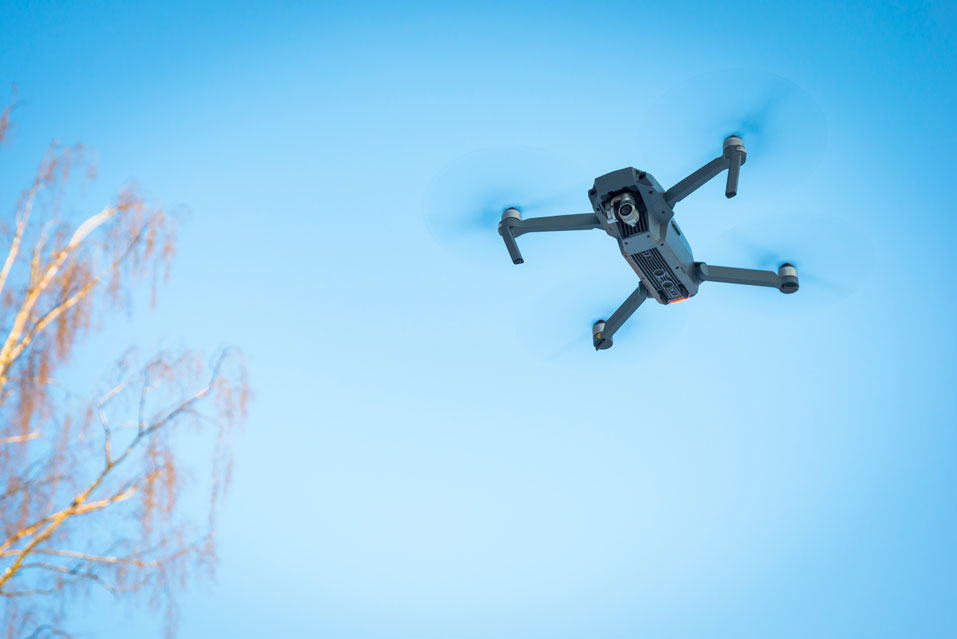
Future Directions for Drone Noise Emission Regulation and Research
As we continue to soar to new heights with drone technology, it’s crucial that regulatory bodies and manufacturers join forces to develop more effective guidelines for minimizing drone noise emission.
The future of responsible drone operation depends on our ability to mitigate the impact of excessive noise on human health and wildlife behavior.
Future research should focus on developing quieter drone designs, exploring new technologies for reducing noise disturbance, and investigating innovative solutions for minimizing the environmental footprint of drones.
This includes researching alternative propulsion systems and sound-dampening.
Cleared for Takeoff
Drone noise emission regulations are essential for minimizing the impact of these devices on communities and wildlife. By understanding the noise characteristics of drones, the effects of noise pollution on human health and wildlife behavior, and the guidelines and best practices for minimizing noise disturbance, we can work towards a more sustainable future for drone technology.
As the use of drones continues to evolve, it’s crucial that we prioritize responsible operation and minimize the disturbance caused by these devices.
By working together, we can ensure that the benefits of drone technology are realized while also protecting our communities and wildlife from the negative impacts of noise pollution.

